Out Now
The AI Issue
Current Issue
The AI Issue
OCT - NOV 2025

How have approaches to home heating changed over the years, and how can you efficiently heat your home? Our experts have the answers!
 |
 |
|
| OUR PANEL |
JACKSON YIN Managing Director and Co-Founder, iBuild Building Solutions |
CAL FORSYTH Energy Efficiency Consultant, Ephe |
| How have approaches to home heating changed over the past couple of decades? |
When it comes to designing and building homes today, energy efficiency is a top priority. With the increasing concern about the environment, homeowners and builders alike are seeking ways to reduce their carbon footprint and save on energy costs. |
Up until recently, gas-heating appliances have historically been the most economical and comfortable way to heat a home. Privatised gas supply and global events have caused surges in gas costs, resulting in an uptick for energy-efficient electric heating appliances. Affordable renewable energy sources have also been a contributing factor to the move away from gas, where a payback period for a solar PV system investment can be around two years when utilising electric heating. |
| What’s currently ‘in’ in home heating? |
New heating devices are becoming increasingly popular among homeowners for their effectiveness and energy efficiency. Smart thermostats, for example, allow users to control their home’s temperature remotely and adjust settings based on their schedule and preferences. Radiant heating systems, which use heated floors or walls to warm a room, are also gaining popularity as a way to provide a comfortable and energy-efficient heating solution. |
We’re particularly interested in heating appliances that cost the least to run, use the least amount of energy, cause the least amount of greenhouse gas emissions and provide the most comfortable style of heat. We favour plug-in electric blankets as they heat the body, rather than the volume of a room. We favour individual reverse cycle air conditioners to ducted RCACs as there is too much energy used in moving volumes of air through duct work. |
| How does building design affect how we are heating our homes? |
Homes are now being built with advanced insulation materials and systems that prevent heat loss, such as triple-pane windows and high-efficiency HVAC units. |
Building design is integral to the thermal efficiency and heating and cooling loads of our homes. This will become even more important as NatHERS seven-star ratings come into effect later this year. Poor orientation, zoning, glazing, insulation and even roof and wall colours play a key part in the need to artificially heat our homes. The key is to get your energy consultant involved as early as possible early in the process. Changes that come later in the design process can be very costly. |
| What other practical things can people do to reduce their reliance on artificial heat? |
Passive heating strategies, such as passive solar design, are also gaining popularity as a way to harness the sun’s natural energy to warm a home. By optimising heating systems and using sustainable materials and strategies, homeowners can enjoy a more comfortable and sustainable living space while saving money on energy bills. |
Zoning your home appropriately is key. Ensure you are allowing natural solar radiation into your home during the cooler months, and prioritise draught proofing throughout the home. Seal large areas of air leakage, like chimneys, the perimeter of external windows and doors, wall vents and unsealed exhaust fans. These are sources of thermal loss during winter and will cause your artificial heat sources to work overtime. Invest in the building fabric of your home starting from the top – aim for R5.0 effective ceiling insulation, investigate retrofit wall insulation and consider underfloor insulation, depending on your climate zone. |
| What will impact home heating over the next 10 years? | In Australia, the federal government has recently announced new legislation that will require new homes to have a minimum energy rating of seven stars, which is an increase from the current minimum rating of six stars. This change will have a significant impact on the way homes are designed and built, particularly in terms of heating. Builders and designers will need to incorporate a range of heating devices and strategies that are both effective and energy-efficient to meet this new requirement. |
As refrigerants in heat pump technology develop, I feel an increase in heat pump-related appliances will become more popular in the next 10 years. Heat pumps have a coefficient of performance, meaning one unit of electrical energy is converted into four to six units of heating energy. This applies to heat pump hot water systems too. The bonus is that these appliances have a renewable energy source that’s available now, and timers can assist in running appliances for free. |
Keep up to date with our latest news and competitions by subscribing to our regular newsletter.
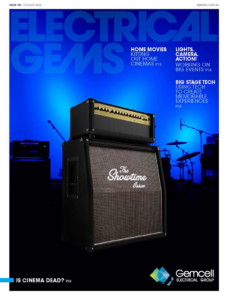
Issue 183
OCT - NOV 2024

Issue 182
AUG - SEPT 2024

Issue 181
JUN - JUL 2024

Issue 180
APR - MAY 2024
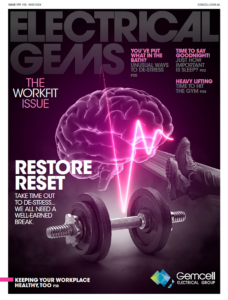
Issue 179
FEB - MARCH 2024

Issue 178
DEC 2023 - JAN 2024

Issue 177
OCT - NOV 2023
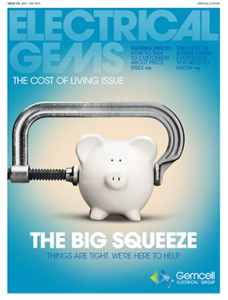
Issue 176
AUG - SEPT 2023

Issue 175
JUN - JUL 2023
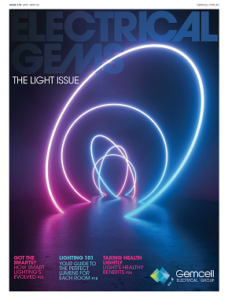
Issue 174
APR - MAY 2023

Issue 173
FEB - MAR 2023

Issue 172
DEC 2022 - JAN 2023
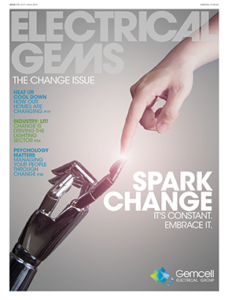
Issue 171
OCT - NOV 2022

Issue 170
AUG - SEPT 2022

Issue 169
JUN - JUL 2022

Issue 168
APR - MAY 2022

Issue 167
FEB - MAR 2022

Issue 166
DEC 2021 - JAN 2022

Issue 165
OCT - NOV 2021

Issue 164
AUG - SEPT 2021

Issue 163
JUN - JUL 2021

Issue 162
APR - MAY 2021

Issue 161
FEB - MAR 2021

Issue 160
DEC 2020 - JAN 2021

Issue 159
OCT - NOV 2020

Issue 158
AUG - SEPT 2020

Issue 157
JUN - JUL 2022

Issue 156
APR - MAY 2020

Issue 155
FEB - MAR 2020

Issue 154
DEC 2019 - JAN 2020
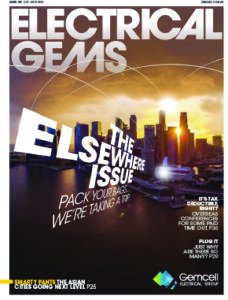
Issue 153
OCT - NOV 2019

Issue 152
AUG - SEPT 2019

Issue 151
JUN - JUL 2019
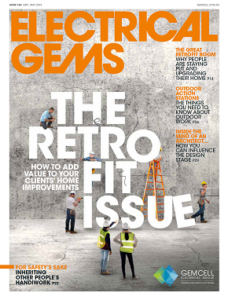
Issue 150
APR - MAY 2019

Issue 149
FEB - MAR 2019

Issue 148
DEC 2018 - JAN 2019

Issue 147
OCT - NOV 2018
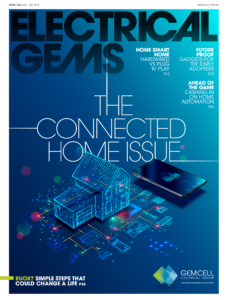
Issue 146
AUG - SEPT 2018

Issue 145
JUN - JUL 2018

Issue 144
APR - MAY 2018
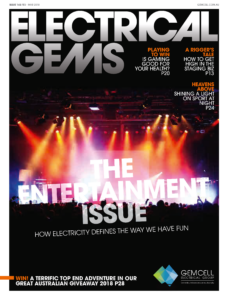
Issue 143
FEB - MAR 2018

Issue 142
DEC 2016 - JAN 2017

Issue 141
OCT- NOV 2017

Issue 140
AUG - SEPT 2017

Issue 139
JUN - JUL 2017
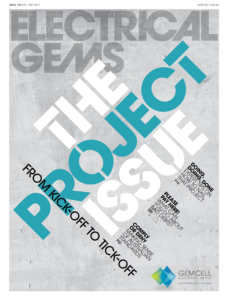
Issue 138
APR - MAY 2017

Issue 137
FEB - MAR 2017

Issue 136
DEC 2016 - JAN 2017

Issue 135
OCT - NOV 2017

Issue 134
AUG - SEPT 2016

Issue 133
JUN - JUL 2016

Issue 132
APR - MAY 2016

Issue 131
FEB - MAR 2016

Issue 130
DEC 2015 - JAN 2016

Issue 129
OCT - NOV 2015

Issue 128
AUG - SEPT 2015

Issue 127
JUN - JUL 2015

Issue 125
APR - MAY 2015

Issue 125
FEB - MAR 2015

Issue 124
DEC 2014 - JAN 2015
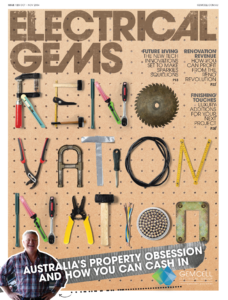
Issue 123
OCT - NOV 2014

Issue 122
AUG - SEPT 2014

Issue 121
JUN - JUL 2014

Issue 120
APR - MAY 2014

Issue 119
FEB - MAR 2014
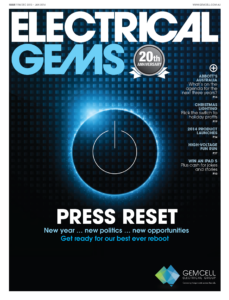
Issue 118
DEC 2013 - JAN 2014

Issue 117
OCT - NOV 2013

Issue 116
AUG - SEPT 2013

Comments (0)
Write a Comment